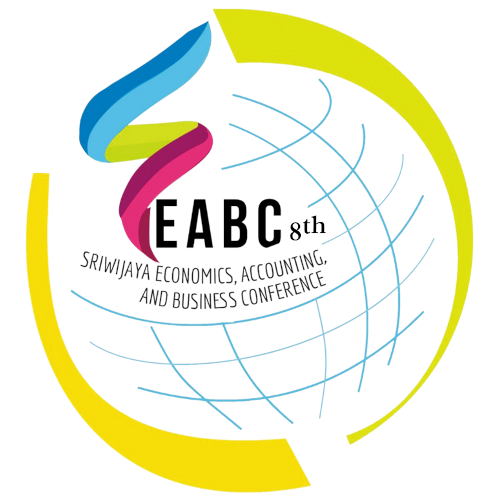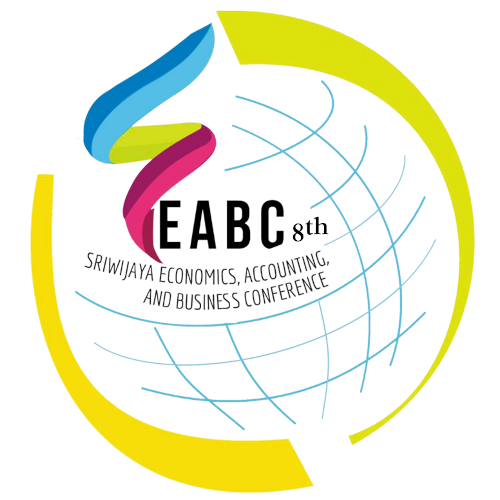Traditionally, users would employ a third party such as a payment processor or clearinghouse to facilitate the trade or arbitrate a dispute. However, a blockchain serves as a more reliable, tamperproof, and unbiased system for settling transactions. Users know that when they send a transaction to the blockchain, it will execute exactly as instructed. For instance, if a company wants to use a smart contract enhanced with a Chainlink node, they can do so with LINK tokens only.
Chainlink to USD Chart
In other words, there needs to be a way to create smart contracts that encompass reliable external data. The Smart Contract Connectivity IssueOne of the most prominent issues plaguing the smart contract technology is the inability to interact with resources running outside the node network where smart contracts are executed. Initially, Chainlink solutions are built on Ethereum blockchain, but the company intends to support all major smart contract chains. Similarly, LINK holders that do not run their own node can participate in staking by delegating their tokens to a trusted node operator. The fixed supply of LINK tokens helps to create scarcity, a factor often considered by traders and users when assessing its long-term value. Additionally, the economic activities within the Chainlink network, such as payments for oracle services and staking, continually affect the demand and circulation of LINK tokens.
Market dynamics
It aims to ensure that the external information (pricing, weather data, event outcomes, etc.) and off-chain computations (randomness, transaction automation, fair ordering, etc.) fed to on-chain smart contracts are reliable and tamper-proof. The Chainlink network is, in some ways, a complement to the Ethereum network and other blockchains. Chainlink can facilitate secure communications between Ethereum projects and various off-chain data. Because Chainlink’s LINK token is built on the Ethereum platform, LINK is compliant with the Ethereum platform’s protocols.
LINK’s role in the changing Chainlink governance
Without the proper link to such and similar off-chain resources, smart contracts are bound to the on-chain data only. Bringing access to the exterior data would allow for a new wave of advanced smart contracts and decentralized applications. Its role in creating the connection between smart contracts and real-world data is vital for the ongoing development and maturation of blockchain technology. As the industry evolves, the utility, demand, and ultimately the value of LINK will likely be shaped by Chainlink’s ability to adapt, grow, and maintain its status as a trusted provider of decentralized oracle services. The Chainlink nodes have already been installed next to the public blockchains and private enterprise networks.
- Each new partnership or integration can have a ripple effect on the demand for LINK tokens, being the main means of exchange within these relationships.
- It will also enhance the ability of node operators to receive tasks and earn fees within the Chainlink network.
- As more projects use Chainlink for their oracle needs, the demand for LINK tokens increases, potentially impacting its market value and relevance in the blockchain space.
- The current supply is about 453,509,553 LINK tokens, or about 45% of the total supply, as of end-September 2021.
- Developers are also beginning to launch smart contract-based gaming applications on the blockchain that often incorporate non-fungible tokens (NFT) as scarce digital collectibles.
- Thus, blockchains are extremely secure and reliable systems for performing computation and storing data for processes involving two or more independent parties.
This could impact the company’s market share and, therefore, the price of the LINK token. In a decentralized governance structure, LINK token holders could potentially have a say in the decision-making processes on upgrades, changes in the network, or even the selection and performance evaluation of oracles. This potential for governance participation adds another layer of utility to the LINK token. The technical sophistication of LINK under the ERC-677 standard allows for seamless integration with a wide range of smart contracts and DApps.
The proof-of-stake mechanism rewards network participants for placing a freeze on the ETH they “stake” or put up as collateral for the chance to earn rewards. As an Ethereum ERC-20 token, Chainlink can be stored in every wallet which supports Ethereum tokens. The most popular options include wallets like Metamask, Mist, MyEtherWallet, Trezor, and Ledger Nano S. The token sale was a success, reaching what is the distinction between the phrases capitalize and depreciate its cap at $32 million in just 2 hours. However, it didn’t go without controversy, as $29 of those $32 million were raised in pre-sale, leaving less than 10% of the tokens for the official public sale. If you would like to know where to buy Chainlink at the current rate, the top cryptocurrency exchanges for trading in Chainlink stock are currently Binance, Bitcoiva, OKX, Bitget, and Bybit.
Overall, this mechanism helps to create a self-sustaining ecosystem where the demand for data drives the value and utility of the LINK token. According to its white paper (which sets out the vision for Chainlink 2.0) the company believes that an oracle will need to be a “general-purpose, bidirectional, compute-enabled interface between and among on-chain and off-chain systems.” The price of Chainlink (LINK) is calculated in real-time by aggregating the latest data across 211 exchanges and 475 markets, using a global volume-weighted average formula.
On the roadmap for 2022, Chainlink will finally rollout staking for LINK holders to secure the network and earn rewards. Chainlink has been working on a staking solution for years, however oracle networks are not a blockchain but a form of decentralized computing. Partnerships and wider integration across industries are other potential areas of growth for both Chainlink and the LINK asset.
Additionally, regulatory uncertainty could bring volatility into the space, causing Chainlink to adjust its offering. Meanwhile, as a market leader, many believe the onus is on Chainlink to continue bringing fresh innovation to market — especially as competition is growing — to maintain the robustness and reliability of its network. Chainlink is an open-source protocol developed by Chainlink Labs (formerly Smart Contract Ltd.), founded in 2014 by Sergey Nazarov and Steve Ellis. Learn about how the adoption of Chainlink CCIP is being accelerated through native ETH cross-chain transfers and optimized pricing.
The current supply is about 453,509,553 LINK tokens, or about 45% of the total supply, as of end-September 2021. The Chainlink price at ICO was $0.11 and a total of 350 million LINK tokens were sold. Steve Ellis graduated with a degree in computer science from New York University in 2010.
Chainlink is middleware that connects blockchain-based smart contracts with external data, such as baseball scores or stock prices. Chainlink’s LINK currency pays Chainlink network operators and collateralizes the network’s smart contract agreements. The lack of connectivity limits what smart contract developers can create. For example, an app like Uber uses multiple data feeds (like GPS data) and key outputs (like payment gateways) to provide convenient services for everyday use.
The participation of community members in staking will further incentivize node operators to remain honest. Participants will be able to choose where to delegate their stake through reputation scores given to node operators that consistently provide valid data feeds. Chainlink’s versatility and compatibility with various https://cryptolisting.org/ blockchains has led to its widespread adoption across numerous blockchain projects and decentralized apps (DApps). The LINK token, as the currency of this ecosystem, benefits from this adoption. LINK functions as the primary means of value transfer on Chainlink and provides a vital incentive mechanism within the network.
All these network operations are backed by monetary incentives that reinforce honest behavior and consensus. By redundantly validating and storing transactions across a large decentralized network of financially incentivized participants, blockchains make it extremely expensive and impractical to manipulate the shared ledger. As a result, the network offers a fully decentralized approach that guarantees top quality data delivered by multiple oracles and agreed upon by the consensus mechanism. The source distribution means oracles can draw their data from multiple sources to maintain a good reputation. Oracle distribution means that requests made to the Chainlink network are contracted to several oracles.


